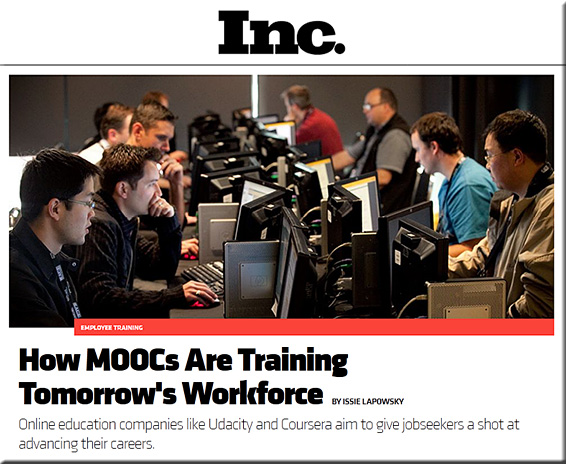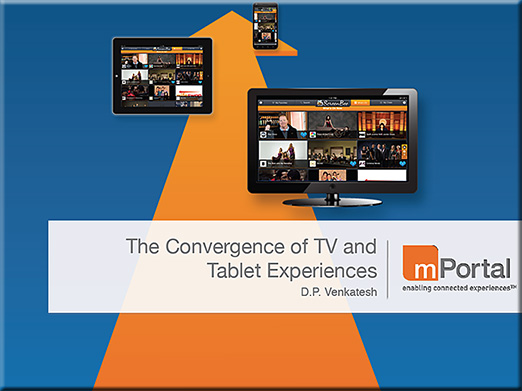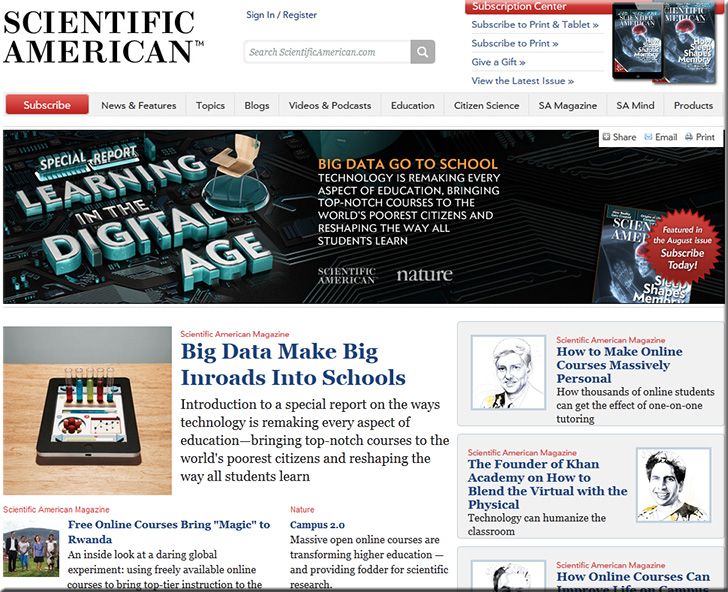The Coming Crossroads in Higher Education: Remarks of U.S. Secretary of Education Arne Duncan to the State Higher Education Executive Officers Association Annual Meeting, July 9, 2013 — from distance-educator.com with thanks going out to Mr. John Shank for Scooping this item.
Excerpts (emphasis DSC):
But I would also make the case to you today that higher education is approaching a crossroads, where leaders will be asked to choose between incremental and transformational change.
…
Polls show that three out of four Americans believe—and I quote—”to get ahead in life these days, it is necessary to get a college education.” At the same time, three in four Americans also believe that college today is too expensive for most people to afford. That fundamental gap—between aspirations and opportunity—is one we must close.
…
I believe that higher education is at a crossroads because our current model of student and institutional aid is ultimately unsustainable. It is incapable of meeting the bipartisan goal that President Obama articulated four years ago—that America will again lead the world in college attainment by 2020.
…
Speaking in broad-brush terms, I believe we will see two ideas take hold in response to these threats to higher education.
The first response is that the system of state and federal institutional grants and loans will start to shift more toward a performance-based and outcomes-based system than is the case today—and one that does more to reward innovation.
…
The federal government currently provides more than $175 billion a year to postsecondary institutions and students through grants, loans, and direct school support. But together we must do a better job of defining and linking aid to satisfactory academic progress, meaningful institutional performance, and student learning outcomes.
We absolutely must continue to invest in higher education. But we must also use taxpayer dollars more wisely.
This shift in the direction of performance-based funding is already underway.
…
Further evidence of the policy shift underway is that many states—including Indiana, Tennessee, Oregon, and Missouri—are moving in bipartisan fashion to incorporate elements of performance-based funding in higher education.
…
Now, if the first response to the challenges of cost, completion, and accountability is likely to be more performance-based funding and new incentives for innovation, a second response is likely to be a leveraging of educational technology to increase student learning as well as institutional performance and productivity.
We still have a lot to learn and perfect about online learning, MOOCs, simulations and gaming, and other uses of educational technology. But there is no question that a digital revolution is already underway in higher education. And its vast potential has only begun to be tapped.
From DSC:
I hear a lot about resistance to change; in fact, as I come from the tech side of the academic house, I experience it on an ongoing basis.
But I do wonder if the pace of change within higher education might accelerate when more of that $175 billion a year starts flowing elsewhere…?











![The Living [Class] Room -- by Daniel Christian -- July 2012 -- a second device used in conjunction with a Smart/Connected TV](http://danielschristian.com/learning-ecosystems/wp-content/uploads/2012/07/The-Living-Class-Room-Daniel-S-Christian-July-2012.jpg)








